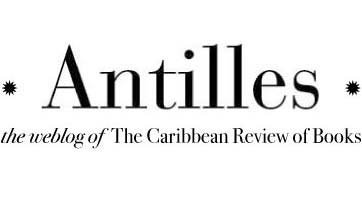Still more Naipaul
And still they come, the reviews of The World Is What It Is, Patrick French's Naipaul biography. Three interesting ones this weekend:
- Scott Sherman, in The Nation:
Patrick French conveys a better sense of the man than the work. Focused on the life, he for the most part neglects the books. French devotes just several hundred words of tepid analysis to a description of A House for Mr. Biswas, and his assessment of Naipaul's best-known work is wan: "The novel...is universal in the way that the work of Dickens or Tolstoy is universal." French seems to assume that his readers have digested Naipaul's oeuvre, and so, with certain exceptions, like A Way in the World, he does not describe or analyze the books in any serious detail.
(He also thinks there's too much sex.)
- Alexander (brother of Paul) Theroux in the Boston Globe:
I met him once at Wheeler's over dinner, which I shared with him and my brother Paul, in London in 1969. Naipaul questioned me on why in the light of Vietnam I would accept from the US government a Fulbright grant, like some sort of craven, low-brow mendicant. At that time, I had no money at all. He, on the other hand, had just received £3,500 from the British Arts Council bursary, taken a grant from the Farfield Foundation to teach at Makerere University, in Uganda, and basically taken every bit of free money he could get. And did I mention that at that dinner, Paul (who later had a public falling-out with Naipaul) paid the bill?
- And George Packer in the New York Times Book Review:
Naipaul’s code of accountability lies in facing the truth, but it’s a limited truth, with no sense of agency. He cannot begin to see himself as his biographer or reader sees him, for the pain of others always reverts back to his own. And yet this bottomless narcissism, together with the uncompromising intensity of his vision, holds the key to Naipaul’s literary power. He had the capacity in his writing to project himself into a great variety of people and situations, allowing him to imbue his work with the sympathy and humanity that he failed to extend to those closest to him in life.
Lagniappe: Packer also writes about Naipaul in a short personal essay, "The Artist as Monster", posted at his New Yorker blog:
I started reading V. S. Naipaul when I was a Peace Corps volunteer, in a little village in Togo, West Africa, in the early eighties. Those were not happy years. The human-rights experts are correct: solitary confinement is a form of torture. I became all-too-acquainted with the labyrinths of my own thinking, which are recorded somewhere in notebooks that I haven’t dared to open for the past quarter century.
Somehow, Naipaul’s “A Bend in the River” fell into my hands....








No comments:
Post a Comment